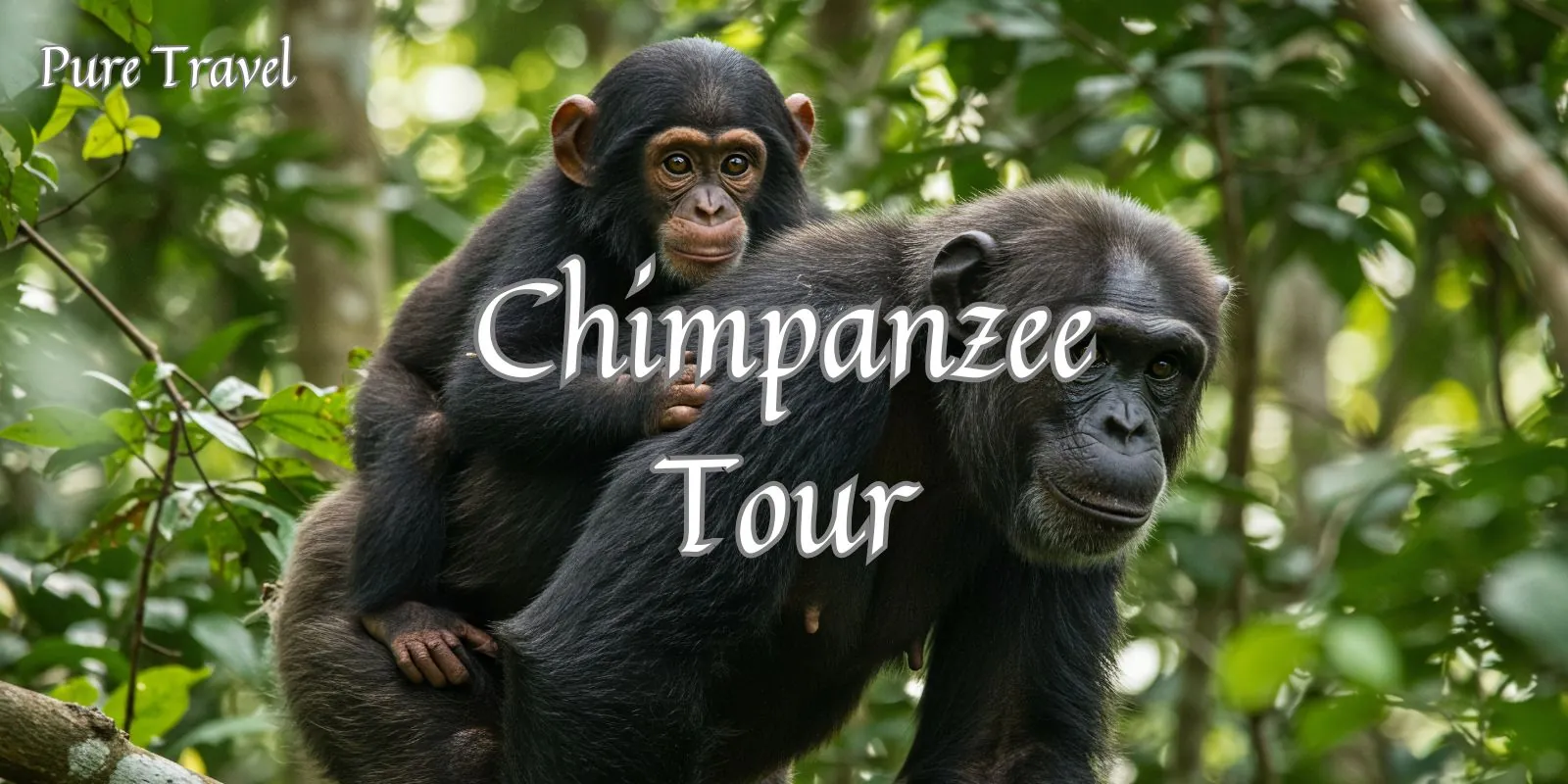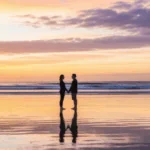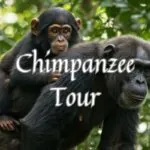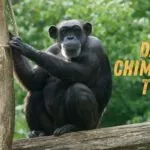Ultimate Guide To Day 6 Chimpanzee Tour In Africa
Day 6 Chimpanzee Tour – In the misty heart of Kibale Forest, we followed the echoing calls of chimpanzees — our closest relatives — swinging through ancient fig trees. The earthy scent of the jungle, the hum of insects, and the thrill of discovery made this day one of Uganda’s most unforgettable adventures.
Introduction: Into the Wild Heart of Uganda
We woke before sunrise in our lodge near Kibale National Park, wrapped in the sounds of the rainforest — a deep, rhythmic chorus of frogs, insects, and distant birds. Today’s mission was one we’d been waiting for all week: our **chimpanzee trekking experience**. The anticipation felt electric. As the morning mist curled over the treetops, we set out to meet our forest cousins.
The air was cool and heavy with the scent of dew-soaked leaves. From our balcony, the forest looked endless — a thick, rippling sea of green stretching beyond sight. Somewhere out there, hidden among the trees, lived more than a thousand chimpanzees. Our guide had told us that no two treks were ever the same; each encounter depended on luck, patience, and the whims of the forest. As we climbed into the 4×4 for the short drive to the park entrance, I felt that familiar mix of nervousness and awe that comes before an extraordinary adventure. This was no zoo visit — this was a journey into the untamed world of the wild primates of Uganda.
Morning: The Trek Begins – Day 6 Chimpanzee Tour
After a hearty Ugandan breakfast — fresh pineapple, chapati, and a steaming cup of local coffee — we met our guide at the park headquarters. Entry and guide fees were about **USD 200 per person (roughly AUD 300)**, a small price for such a wild encounter. Armed with walking sticks and water bottles, our small group ventured into Kibale’s emerald world.
The air was thick with humidity and the rich, damp scent of earth and foliage. Our boots squelched softly as we followed narrow trails under towering mahoganies and strangler figs. Every few minutes, the guide would pause, listening — to a branch crack, a distant hoot, or the rustle of leaves above. Then it came: a high-pitched call echoing through the canopy. “That’s them,” he whispered, eyes shining.
Afternoon: Among the Chimpanzees
We found them deep in the forest — a family of chimpanzees, their dark forms moving gracefully through the green. One sat high on a branch, munching on wild figs, while another groomed her baby, their quiet intimacy mesmerizing. The forest felt alive with sound — grunts, hoots, leaves swaying, and the soft hum of life itself.
At one point, a young chimp dropped from a branch barely ten meters away, landing with an agile thud before scampering off, curious but shy. We stood silently, awestruck. I could feel my heart beating fast, both from the climb and the surreal nearness of these wild beings.
After about an hour, we began the hike back — our shoes caked in mud but spirits soaring. Lunch awaited at the nearby Primate Lodge: **grilled tilapia with matoke (plantain mash)**, fresh avocado salad, and a cold Nile Special beer. Total cost: around **UGX 70,000 (AUD 28)** for both of us.
Evening: The Forest Afterglow – Day 6 Chimpanzee Tour
By late afternoon, the forest had quieted into a tranquil hum. We sat outside our lodge balcony, watching the last rays of sunlight filter through the canopy. The smell of rain lingered in the air, mingling with the smoke from nearby kitchens. Dinner was a comforting bowl of peanut stew with rice and roasted vegetables, followed by banana fritters — simple, earthy, and deeply satisfying.
Reflecting on the day, I realized this was more than a wildlife encounter — it was a reminder of connection. To nature, family, the deep pulse of life that binds us all.
Pro Traveler Tip – Chimpanzee Tour
Book your **chimpanzee trekking permit** in advance — Kibale’s spots fill up quickly, especially during the dry season (June–September and December–February). Wear long pants, sturdy boots, and carry insect repellent and water. Morning treks offer the best chance of sightings.
Pro Traveler Warning
The trails can be slippery and steep, especially after rain. Avoid carrying heavy gear, and protect your electronics from moisture. Some touts outside the park may offer “cheaper” tours — stick to official Uganda Wildlife Authority guides for safety and authenticity.
Your Primate Connection Journey
Standing among chimpanzees in the wild is a rare privilege — one that humbles and uplifts in equal measure. In their eyes, movements, and laughter, you catch glimpses of your own reflection. As the forest closed behind us that day, I felt an immense gratitude — not just for the adventure, but for the shared thread of life that connects us all.
FAQ: Day 6 Chimpanzee Tour
1. How much does chimpanzee trekking in Kibale Forest cost?
The permit for chimpanzee trekking in Kibale National Park costs around USD 200 per person (approx. AUD 300). This includes a guided trek with experienced rangers under the Uganda Wildlife Authority.
2. How long does a chimpanzee trekking experience last?
The trek typically lasts between 2 to 5 hours, depending on how quickly the chimpanzees are located. Visitors usually spend about one hour observing the chimps once they’re found in their natural habitat.
3. What should I wear and bring for the trek?
Wear lightweight long pants, a long-sleeved shirt, and waterproof hiking boots. Carry insect repellent, a reusable water bottle, light snacks, and a rain jacket — the forest can be humid and muddy after rain.
4. What’s the best time to go chimpanzee trekking in Uganda?
The best seasons are the dry months — June to September and December to February — when the trails are easier to navigate, and chimps are more active. Early morning treks offer higher sighting chances.
5. Are there safety or ethical guidelines to follow during chimpanzee encounters?
Yes. Always keep a minimum distance of 8–10 meters from the chimpanzees, avoid flash photography, and never eat or drink near them. Follow your guide’s instructions to minimize disturbance and ensure both visitor and wildlife safety.







